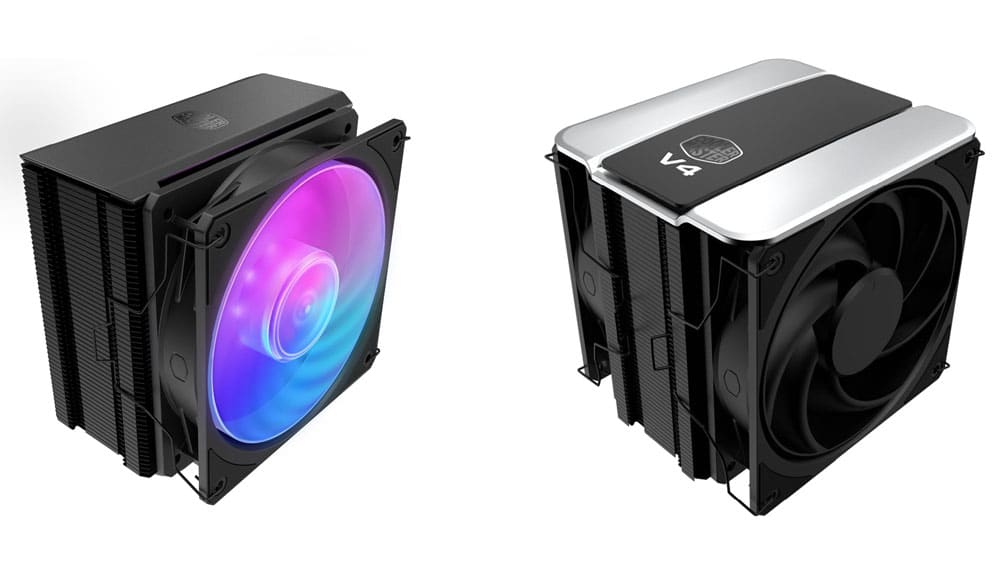Advertised Vs. Real Performance
This is probably the most crucial page, showing how accurate the data provided by the manufacturers/brands on their products is. Since nobody so far could verify these numbers, it was an open field for every brand to declare whatever it wanted, but this stops now. I should also note that I strictly follow the specific guidelines (ISO7779: 2018) for taking noise measurements in information technology and telecommunications equipment.
In the table below, anything in Red means bad news, while the Blue fonts are good!
| Performance Metric | Advertised Performance | Real Performance | Difference |
|---|---|---|---|
| Max Speed (RPM) | 1700 | 1811 | +6.53% |
| Max Input Current (A) | 0.12 | 0.13 | +8.33% |
| Max Power (W) | 1.44 | 1.6 | +11.11% |
| Qmax (CFM) | 72.8 | 71.9 | -1.24% |
| Pmax (mmAq) | 2.4 | 1.96 | -18.33% |
| Max Noise Level (dBA) | 22.5 | 31.9 | +9.4 dBA |
Speed is notably higher than the claimed one, while power consumption is increased. Although the percentage looks high, actual max power consumption remains low. The airflow is close to the advertised value, but this is not true for static pressure. Lastly, noise output is notably higher.



Great work, thanks!
P14 max are available now, do you have plans to test it anytime?
Yes, waiting for it to arrive from Arctic.
Great review as always, thanx
One small typo on the 2nd site, last sentence. There should be superior.
…not the 1st typo in this exact word … I have two guesses for the reason:
1st: superior in Greek = ανώτερος [anóteros] …phonetically close prefix an ≈ in…. or
2nd: you work too hard (almost every day one YouTube video and one review + other activities) … you should rest more, not just work … in Slovakia we have a saying… work is not a rabbit, it will not run away, it will wait at you … 😊
thank you! No rest for me 🙂